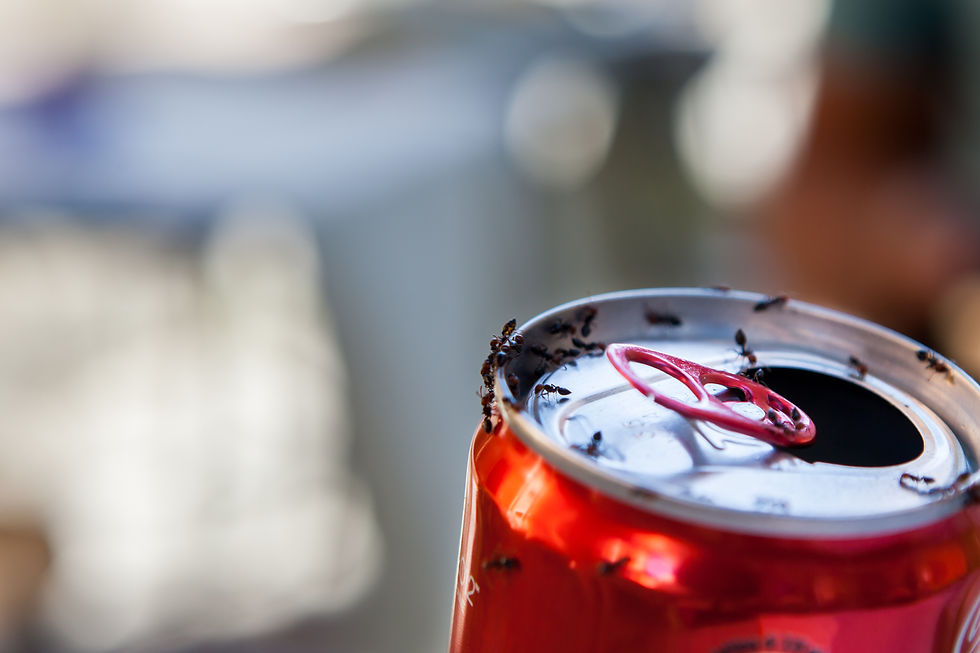Rodents can be a pest in cooler months
- quinnspest
- Aug 15, 2019
- 2 min read
Once inside a home rodents can eat from and contaminate food packages, gnaw at electrical cables, books-papers, mattresses and couches.
RODENTS not only eat food from packages in the pantry, they contaminate it with urine and faeces as well.

In Australia there are three rodent species that are considered pests, the black rat (Rattus rattus), the Norwegian rat (Rattus norvegicus) and the mouse (Mus musculus).
The black rat and the mouse are the most common rodents inhabiting homes and surrounding yards, whereas the Norwegian rat inhabits areas around waterways.
Neither the black rat or the Norwegian rat is native to Australia.
The mouse is found nation-wide and Australia together with China, according to National Geographic, are the only countries to experience mouse plagues.
In the grain growing areas of Australia the plagues happen about every four years.
The lifespan of these rodent species is 12 months and in that time a female produces an average of six litters a year containing five to six young.
The first signs of a rodent infestation include sightings of faeces in cupboards, noises in the roof void at night as they are predominantly nocturnal and/or a distinct smell.
The most common question people ask a pest controller is how did the mice get in?
Rodents will follow plumbing conduits from the external areas of the house to under the kitchen sink and behind the dishwasher, drop down through the gaps at the rear of microwave and fridge recesses or via gaps in ceiling vents.
They are great climbers and will access a roof space externally via tree branches which overhang the roof or by climbing brickwork and fencing.
Internally, rodents eat from and contaminate food packages, gnaw at electrical cables, books-papers, mattresses and couches.
They nest where they are most unlikely to be disturbed, for example in roof insulation, a gym bag at the rear of a cupboard or boxes of papers stored under a bed.
In addition to these habits, they have a distinct pungent smell.
Externally they gnaw at outdoor furniture, conduit and reticulation. They nest in thatched pergolas and live off fruit and vegetables in the garden.
Fruiting palm trees provide a food source and a place to nest.
Bird aviaries, chicken coups and half emptied pet food bowls provide additional food.
Fishponds and swimming pools are a great water source.
In garden sheds, rodents nest in cabinets, under paved flooring and in boxes and they will also inhabit areas of garden rubble.
Predominantly, rodents become an issue during the cooler months, when easy pickings of food and warm shelter are provided inside a home.
Damage caused by them can be costly to repair or replace.
A registered, qualified, competent and reputable pest controller can provide a successful baiting program to control this pest in and around the house.






Comments